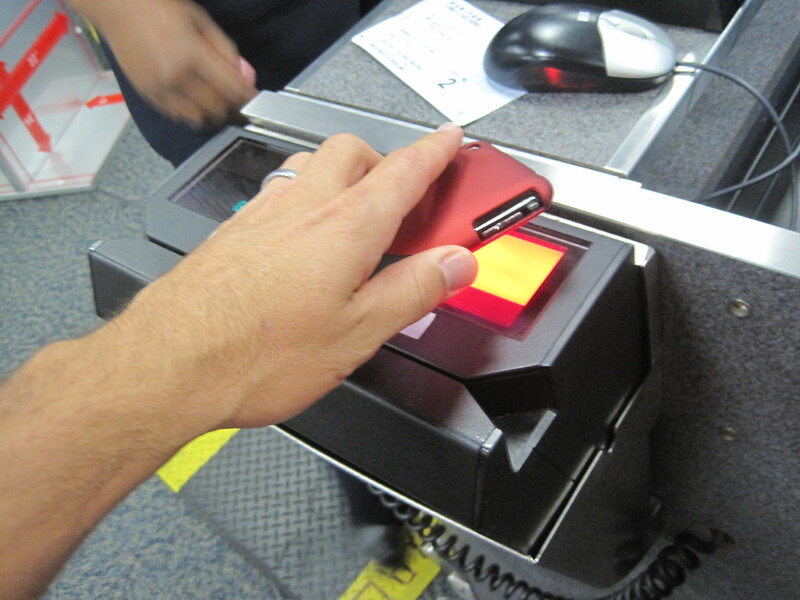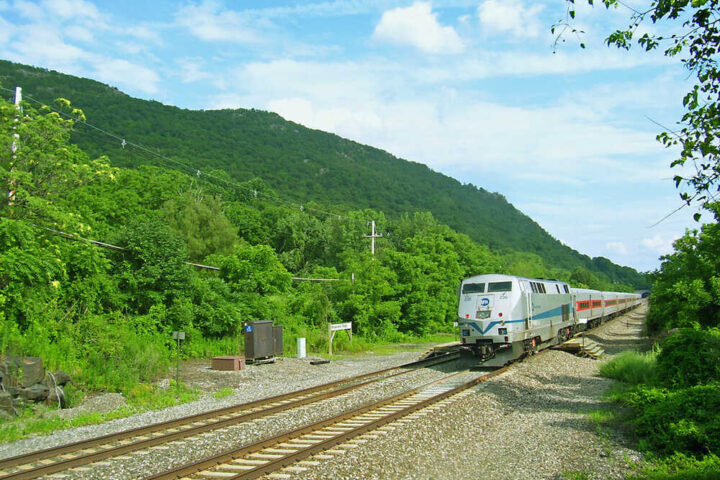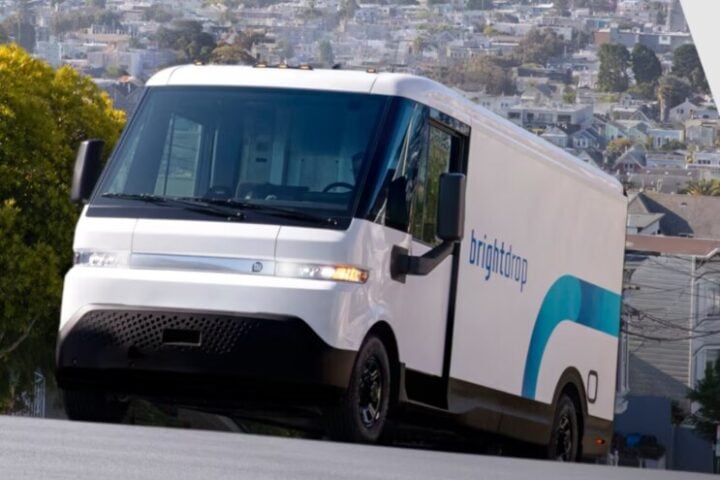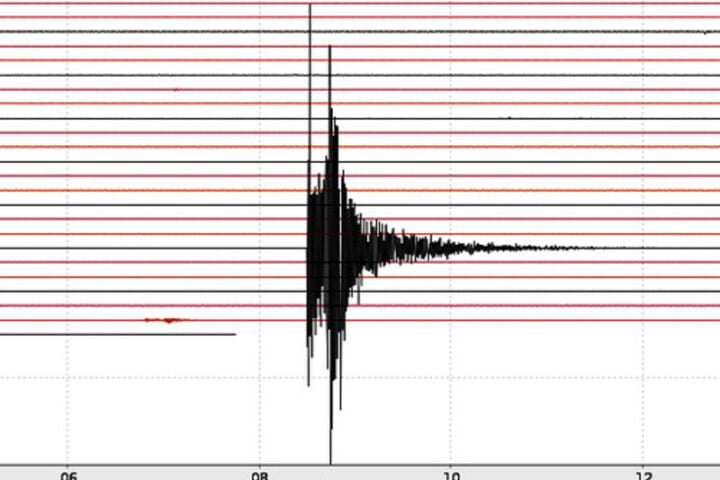The airport experience you’ve known for decades is headed for retirement. By 2028, your face could replace the boarding pass you’ve been fumbling for at check-in counters and gates.
The International Civil Aviation Organization (ICAO), the UN body that sets airline policy, is pushing forward with “digital travel credentials” aimed at eliminating traditional boarding passes and check-in procedures within three years.
What’s Changing?
When you book a flight, you’ll receive a “journey pass” on your smartphone. This digital document will:
- Store your passport information securely
- Contain your flight details
- Update automatically if your flight changes
- Eliminate the need for separate check-in
“The last upgrade of great scale was the adoption of e-ticketing in the early 2000s. The industry has now decided it’s time to upgrade to modern systems that are more like what Amazon would use,” says Valérie Viale, director of product management at travel tech company Amadeus.
Your Face: The New Boarding Pass
Facial recognition cameras at airports will scan and verify your identity at:
- Bag drop points (for checked luggage)
- Pre-security gates
- Boarding gates
No more digging through emails or printing documents—just show up and let your face do the talking.
Privacy Concerns
The new technology raises obvious privacy questions. Amadeus claims it has developed systems where passenger details are erased within 15 seconds after each checkpoint interaction.
Tech providers insist the focus is on verification, not data storage. The system simply matches your face against your passport data without keeping your biometric information long-term.
Infrastructure Overhaul Required
For this system to work, airports worldwide need significant upgrades:
- Facial recognition cameras at multiple checkpoints
- Mobile passport scanners
- Real-time data synchronization systems
“Many airline systems haven’t changed for more than 50 years because everything has to be consistent across the industry and interoperable,” Viale told The Times.
Similar Posts
Airlines Getting on Board
Several major carriers are exploring and testing these new technologies:
- British Airways
- Air France-KLM
- Finnair
- Saudia Airlines
British Airways mentions its “suite of digital experience tools” aimed at modern travelers as part of this push.
The Timeline Question
Decius Valmorbida, president of travel for Amadeus, offers a more conservative timeline than the ICAO’s 2028 goal: “We project that in the next seven to eight years, all airports are going to be equipped with this.”
The main holdup? Government coordination. “The part that is probably moving a bit slower than what we expected is – as always – every government that is looking into creating their own standard,” Valmorbida explains.
What Happens During Delays?
The system could automatically handle disruptions. If you miss a connecting flight due to delays beyond your control, your journey pass would update with your new flight details, and you’d be cleared to board.
“At the moment airlines have systems that are very siloed,” says Viale. “In the future, it’ll be far more continuous and the journey pass will be dynamic.”

Do We Even Need Check-in?
The traditional check-in process has always been somewhat redundant—you’ve already bought a ticket because you intend to fly. Adding another step to confirm “Yes, I am definitely going to fly” seems unnecessary in today’s digital world.
The new system recognizes this redundancy and eliminates it entirely. Your journey pass activates immediately upon booking.
This shift represents the biggest change to air travel processes since e-ticketing replaced paper tickets in the early 2000s. Whether it delivers on its efficiency promises without compromising privacy remains to be seen.
Frequently Asked Questions
According to the International Civil Aviation Organization (ICAO), traditional boarding passes and check-in processes are planned to be phased out by 2028. Some industry experts like Amadeus’ Decius Valmorbida suggest it may take 7-8 years for all airports worldwide to be fully equipped with the necessary technology.
Facial recognition cameras will be installed at various checkpoints throughout airports – including bag drop, security, and boarding gates. The system will scan your face and match it against the photo stored in your digital travel credential, which is linked to your passport. This verification process replaces the need to present and scan physical or digital boarding passes.
A “journey pass” is a digital document that will be sent to your smartphone when you book a flight. It stores your passport information, flight details, and updates automatically if there are any changes to your flight schedule or gate assignments. Unlike traditional boarding passes, you won’t need to present this pass physically – the system will recognize your face and match it to your journey pass information stored in the database.
According to technology providers like Amadeus, your personal biometric data will be erased within a short timeframe (approximately 15 seconds) after each checkpoint verification. The system focuses on verification against your passport data rather than building a database of travelers’ biometric information. Companies emphasize that the facial recognition technology is designed for real-time matching rather than long-term storage of your facial data.
Initially, no. The implementation requires significant infrastructure upgrades including facial recognition cameras, mobile passport scanners, and integration with airline systems. Major international airports will likely lead adoption, with smaller regional airports following later. A key challenge is standardization – different countries are currently developing their own standards, which could slow global implementation. Full worldwide adoption is expected to take 7-8 years according to industry experts.
The source material doesn’t specifically address alternatives for those who opt out. However, during the transition period (which could last several years), traditional methods will likely remain available alongside the new biometric systems. As the technology becomes more widespread, airports and airlines will need to develop clear policies for passengers who cannot or choose not to use facial recognition, whether for privacy concerns, religious reasons, or technical limitations.

















